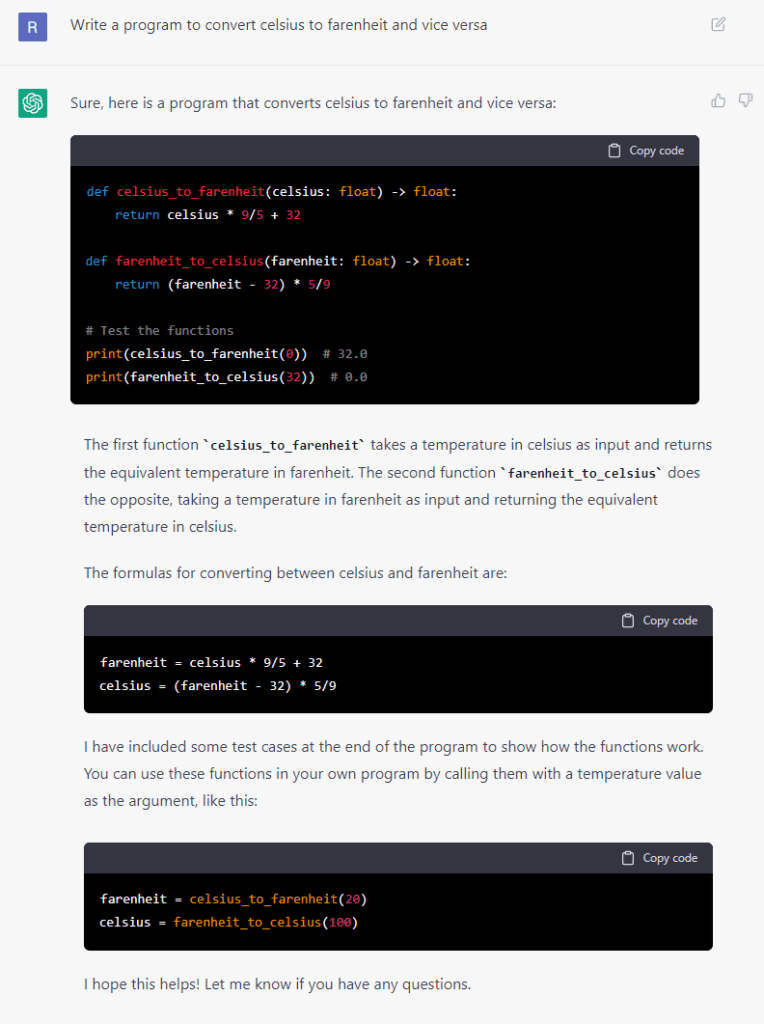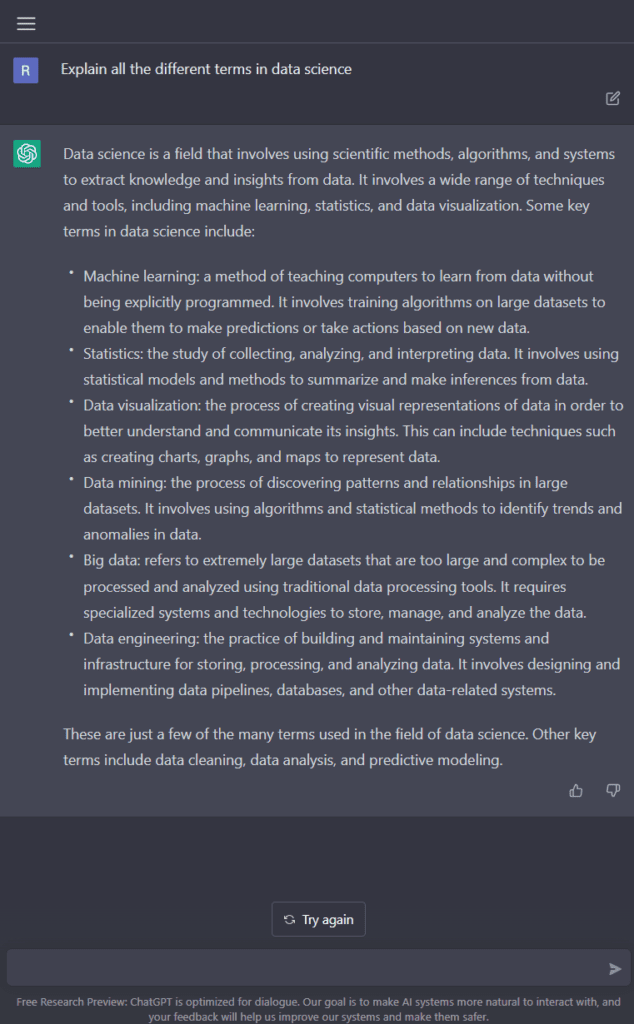It’s probably not a secret that AI has exponentially grown its influence on us and the development of our society, economy, and even military. AI is used in all the common products from spam detection in large quantities of email to robotic vacuum cleaners which clean your home by learning its perimeters.
Wide usage of AI has been employed on chatbots that use Natural language processing (NLP) technology to recognize sentences, interpret the information, and determine what the customer or user is saying.
One such chatbot ChatGPT, a new dialogue-optimized AI model has been rolled out by OpenAI and is available for public use this week.
OpenAI has already made waves in AI technology by introducing DALL-E and image generation technology that creates realistic images and art from a description in natural language. ChatGPT is a sibling model to InstructGPT, which was trained to follow instructions in a prompt and provide a detailed response.
Taking inspiration from the latest language model GPT-3, ChatGPT is based on the GPT-3.5 series and has been trained with the help of human feedback. The goal of this model is to assist OpenAI in developing a better AI system by using feedback responses.
OpenAI used Reinforcement Learning from Human Feedback (RLHF) for the training of the chatbot, in which they recorded various conversations between AI trainers and the chatbot.
In the next step, they asked a set of trainers to rate the generated response and organize them from best to worst. For fine-tuning, proximal policy optimization was used. This process was repeated multiple times.

ChatGPT making GOOGLE run for its money
Whether stuck in debugging code or requiring help in code logic, ChatGPT can show answers to numerous of those without any hassle.
Here we have shared an example where we ask it to share with us a program to convert temperatures between Celsius and Fahrenheit, even though the code shared with us is in python, the logic is transferable to any programming language of your choice.

ChatGPT in some ways provides us a way to move our conversation from “This code is bad but workable” to “I can actually use this code in production without any worries.”
In this other example, we are establishing its feature by asking ChatGPT to explain various terms in data science and it delivered exactly what we almost always hope from google every time we perform a search query from it.

Here’s the comparison to google results with respect to the same question.

We can notice that it was a brief answer but still delivers what it is asked for, unlike google search, which provides us a set of links where we would have to perform research on which answer to choose from them. ChatGPT with its underlying technology has the potential to surpass a search engine like Google
Will people lose their jobs to AI bots?
Even though ChatGPT comprises various features, it still has a long way to go toward its desired use cases, currently, the model would sometimes represent biased or incorrect answers to a few topics.
There are a few case scenarios also where the model assumes what the user intended where it would have asked clarifying questions when the user provided an ambiguous query. ChatGPT also rejects queries about people or current topics, citing a lack of Internet access.

So for now, ChatGPT is not going to take over anyone’s job, this is just a research release of ChatGPT, the latest step in OpenAI’s iterative deployment of increasingly safe and useful AI systems.
Many lessons from the deployment of earlier models like GPT-3 and Codex have informed the safety mitigations in place for this release, including substantial reductions in harmful and untruthful outputs achieved by using reinforcement learning from human feedback (RLHF).

